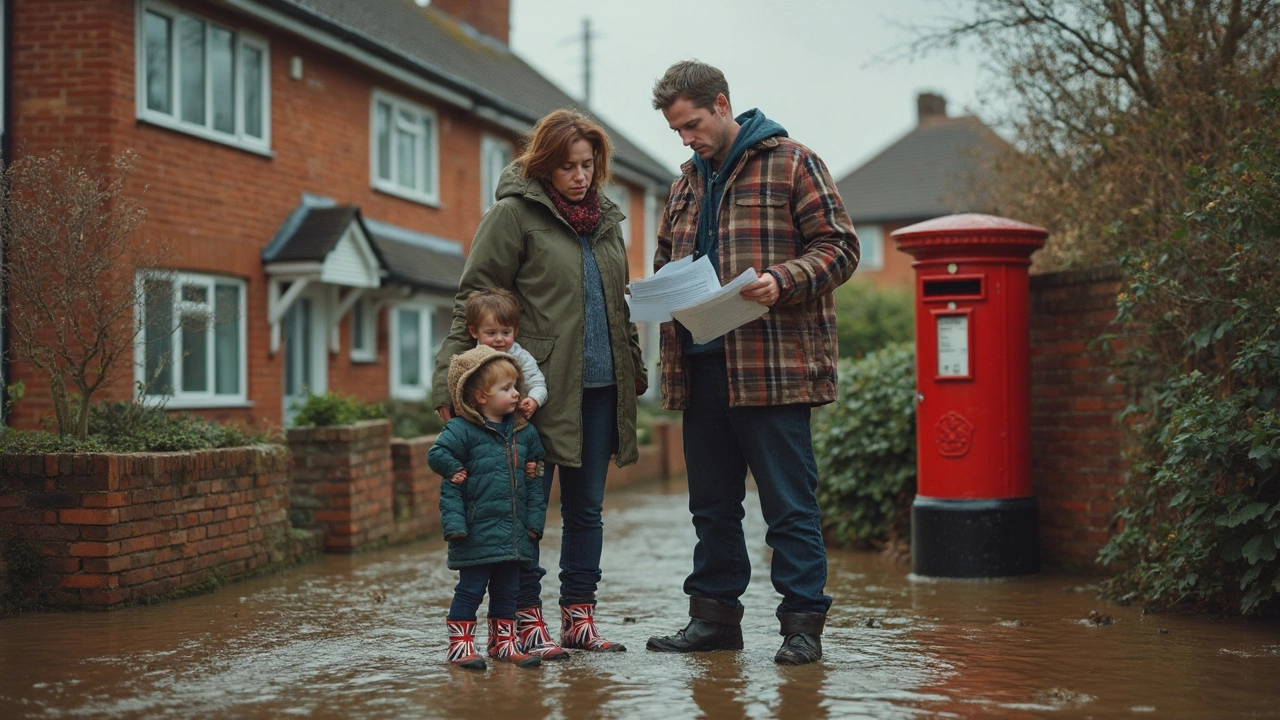Flood Damage and Your Finances: What You Need to Know
If water bursts into your home or business, the first thing you feel is the shock of the mess. The second thing hits is the bill. From ruined furniture to hidden mold, flood damage quickly turns into a money problem. Understanding the financial side early can save you from panic and help you make smart choices.
Insurance: What’s Covered and What’s Not
Most standard homeowners policies don’t pay for flood damage. That’s a surprise for many people who assume their insurance will cover any disaster. You need a separate flood policy, often sold through the national flood insurance program or private insurers. Even with a flood policy, there are limits. The policy might cover the structure up to a certain amount, but personal items, temporary housing, and cleanup costs can be left out.
Check your policy for exclusions. Some policies exclude damage caused by rising water that seeps through walls, only covering sudden overflow. If you live in a flood‑prone area, ask your insurer about deductible amounts and whether you need higher coverage limits. Knowing these details before a flood hits means you won’t be blindsided when you file a claim.
Practical Steps to Reduce the Financial Hit
First, create a flood‑ready emergency fund. Aim for at least three months of living expenses. This cash cushion can cover temporary housing, food, and unexpected repairs while you wait for insurance payouts.
Second, protect valuable items. Store important documents, electronics, and heirlooms on higher shelves or in waterproof containers. The less you lose, the smaller the claim you’ll have to process.
Third, invest in simple home improvements. Sealing basement walls, installing sump pumps, and adding back‑flow preventers can lower the chances of water entering. These upgrades often qualify for lower insurance premiums, giving you a double win.
Fourth, keep good records. Take photos of your belongings, note serial numbers, and keep receipts. When you file a claim, clear documentation speeds up the process and reduces the chance of disputes.
Finally, work with a financial adviser or treasury professional if your business is affected. They can help you map out cash flow, tap into business interruption insurance, and plan for future resilience. A short‑term loan might be needed, but understanding the cost and repayment terms prevents added debt stress.
Dealing with flood damage isn’t just about cleaning up; it’s about protecting your financial health. By checking your insurance, building an emergency reserve, and taking practical preventive steps, you can keep the water from wiping out your savings.

Wondering what your homeowners insurance actually covers? Two common disasters—floods and earthquakes—aren’t covered by a typical policy. Many people only find this out after facing huge repair bills. This article explains why these exclusions exist and what you can do about them. Get clear answers and tips to make sure you aren’t blindsided if disaster strikes.
Read More